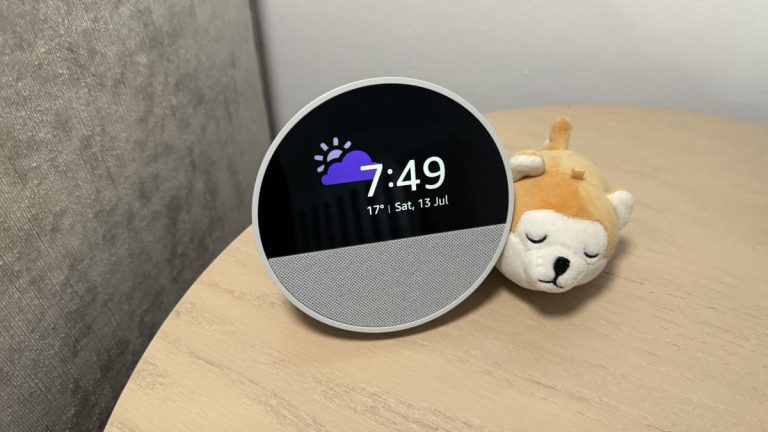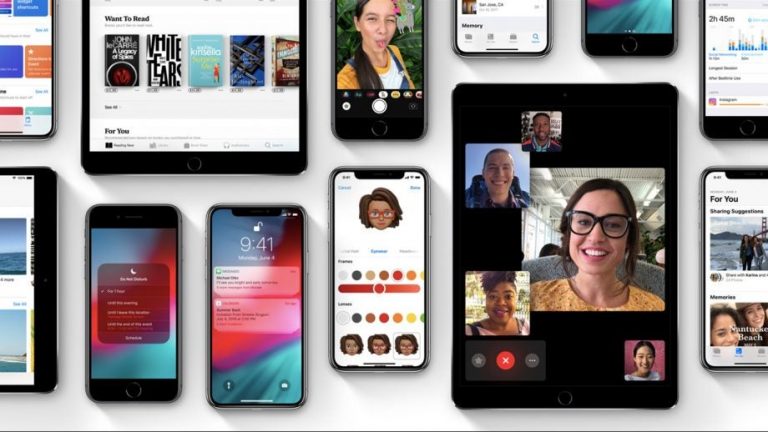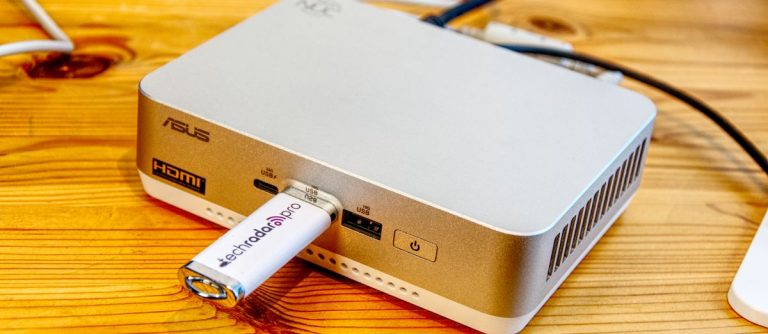The Apple iPod: Pocket Music Before That Phone

These days, everyone has a phone in their pocket that can stream and download music, but two decades ago, that wasn’t the case. If you wanted to listen to your favorite songs on the go, you needed a dedicated music player.
At the turn of the millennium, these devices either used tens of megabytes of expensive flash memory or pocket-stretching and power-hungry 2.5-inch hard disks. Years before the iPhone, the iPod offered an unbeatable combination of storage size, compact dimensions, and software support, arguably starting a new journey that turned Apple into the company it is today.
Months before the iPod was launched, Apple released iTunes in January 2001, allowing users to transfer songs from a music CD into a Mac computer and create playlists. The real reason for its existence was revealed later that year.
The iPod was developed under the code name “P-68 Dulcimer.” In typical Apple fashion, the secrecy around the project was so intense that even many Apple employees didn’t know what the team was working on.
CEO Steve Jobs wanted to create a more appealing music player. Apple’s head of hardware engineering, Jon Rubinstein, had met with Toshiba who had created a 1.8-inch hard disk that could still hold gigabytes of data. He quickly recruited Tony Fadell to head the project, whose startup Fuse was failing to raise funding for a similar idea.
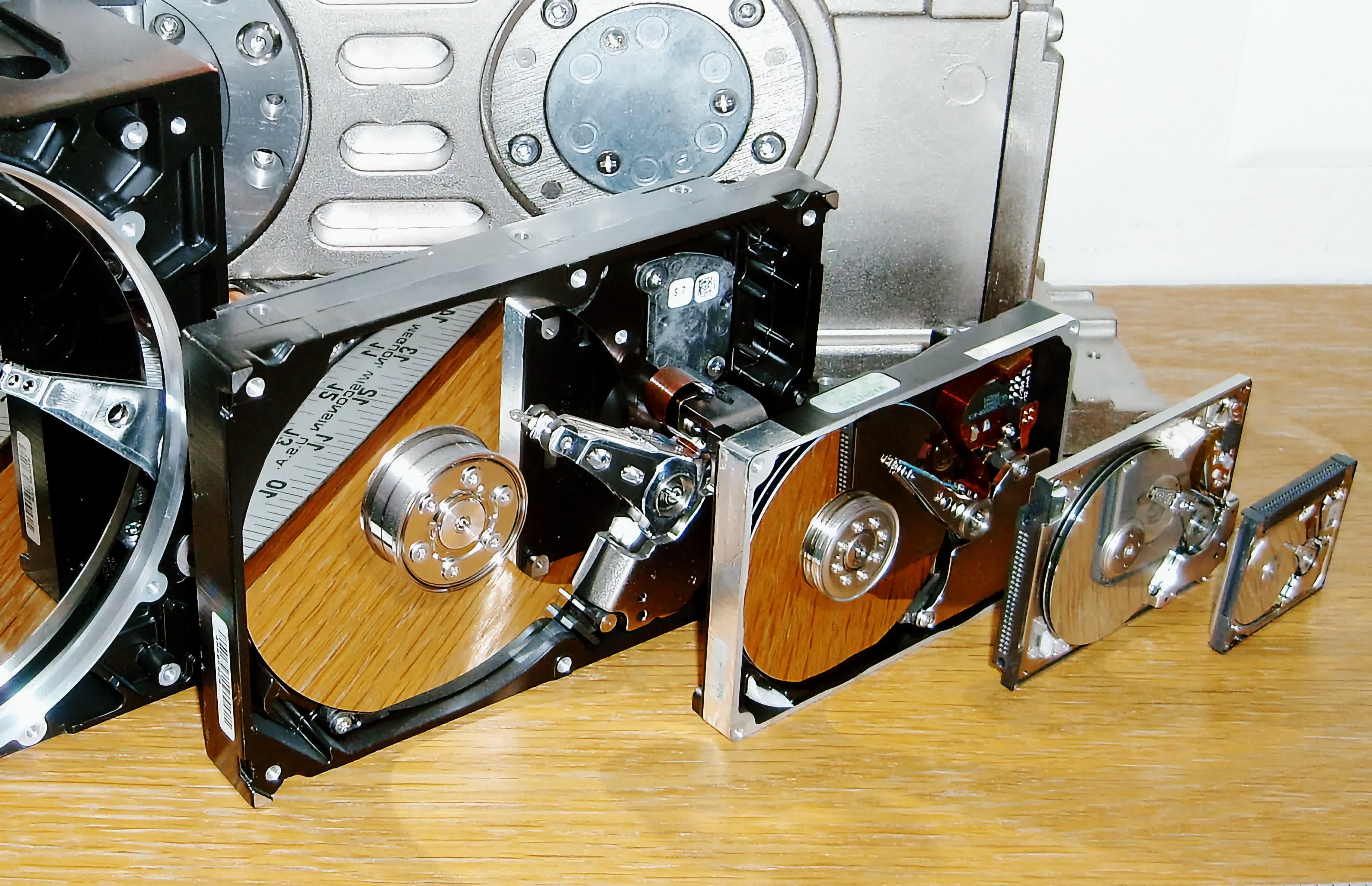
At the time, Apple wasn’t the trillion-dollar company it is today, and Fadell realized the project might get canceled if it took years. He set the upcoming holiday season as a goal, which made him and many others work seven days a week and up to 20 hours per day. The final prototypes were flown from Taiwan just before 9/11.
The Apple iPod was launched before the holidays for $399. It was named and colored after the individual white pods of the Discovery One ship from Stanley Kubrick’s cult classic 2001: A Space Odyssey, as it was seen as an extension of the iMac. The iPod featured 5GB of storage – or as Jobs put it, “1,000 songs in your pocket” – and was rated for 10 hours of battery life.
The long battery life was made possible thanks to 32MB of RAM, of which the OS only used 4MB. Whenever a song was started, the iPod would load the next several songs in the playlist into RAM and stop spinning the disk. Frequent skipping of songs or switching of playlists would hurt the battery life considerably.
The device used a mechanical scroll wheel that quickly became the iPod’s signature element. Scroll wheels were common in electronics but usually located on the side of the device, with only the edge visible to the user. The iPod was unique in building its entire interface around the scroll wheel, making it easier and more intuitive to navigate through hundreds of songs.
The included all-white headphones made the iPod recognizable even when the device itself was hidden within a pocket as intended. The white earbuds eventually became a cultural icon, even to this day on its wireless form as AirPods.
By the end of 2001, the iPod had sold 125,000 units – not bad for a Mac-only peripheral. This signaled strong demand and appeal for the device even in its early days, especially considering the premium price ($399 in 2001 is equivalent to approximately $700 today).
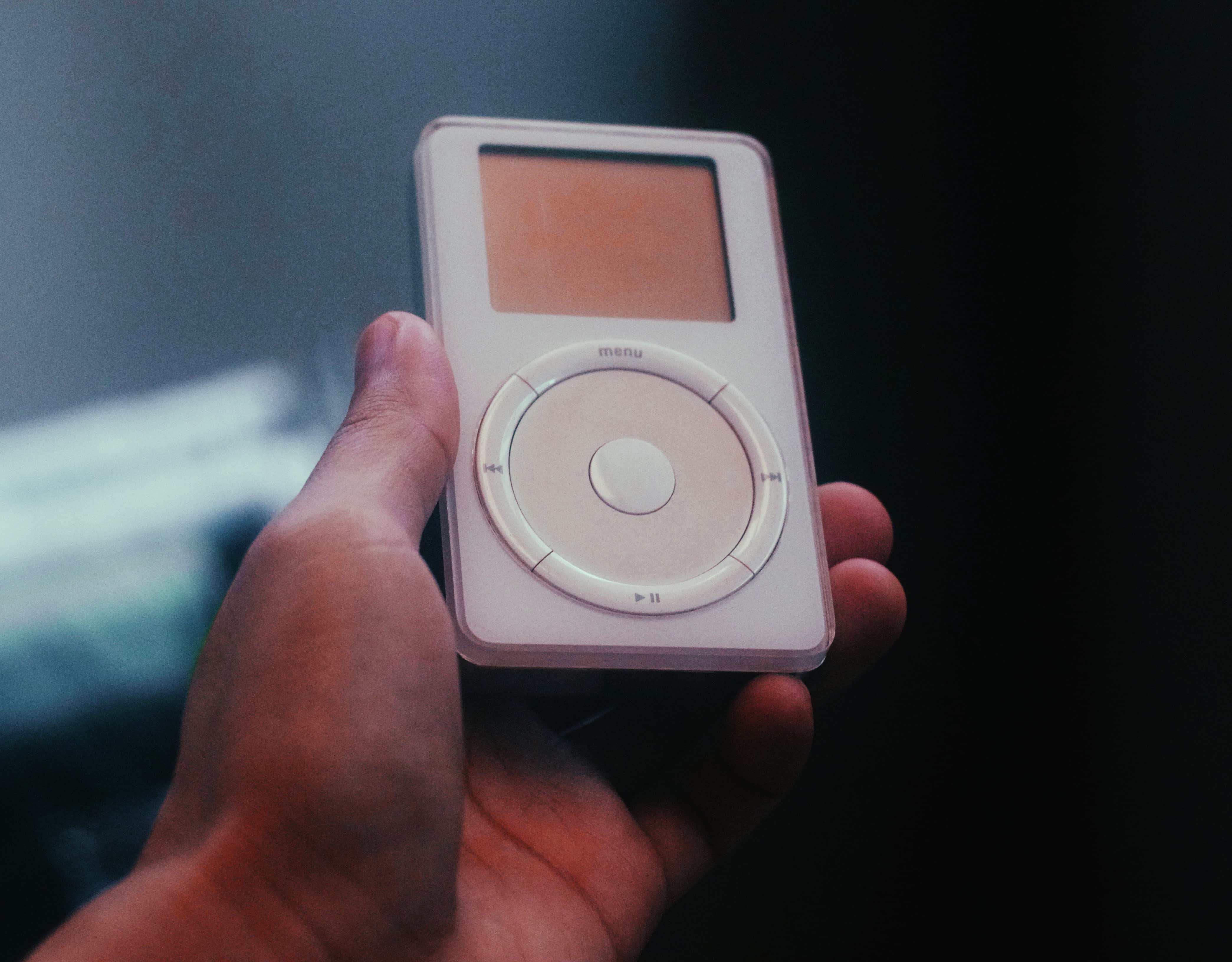
The following year, Apple released 10GB and 20GB iPods with a touch-based scroll wheel. All models received a Windows version with the MusicMatch Jukebox app. However, they still used the FireWire connector, which wasn’t common on Windows PCs, as USB 1.0 was impractically slow. This required many Windows users to buy a FireWire expansion card.
Easier Than Piracy
Apple announced the 3rd-gen iPod in early 2003, featuring a backlit screen and the new 30-pin dock connector, which basically combined FireWire and USB into one. USB 2.0 cables became available soon after that.
The dock connector went on to become a standard among Apple portable devices and dozens of iPod accessories until it was replaced by the Lightning connector in the iPhone 5 almost a decade later.
The four mechanical keys around the scroll wheel in previous iPod models were replaced with backlit touchpads under the display. However, the biggest news of the day was the launch of the iTunes Store.
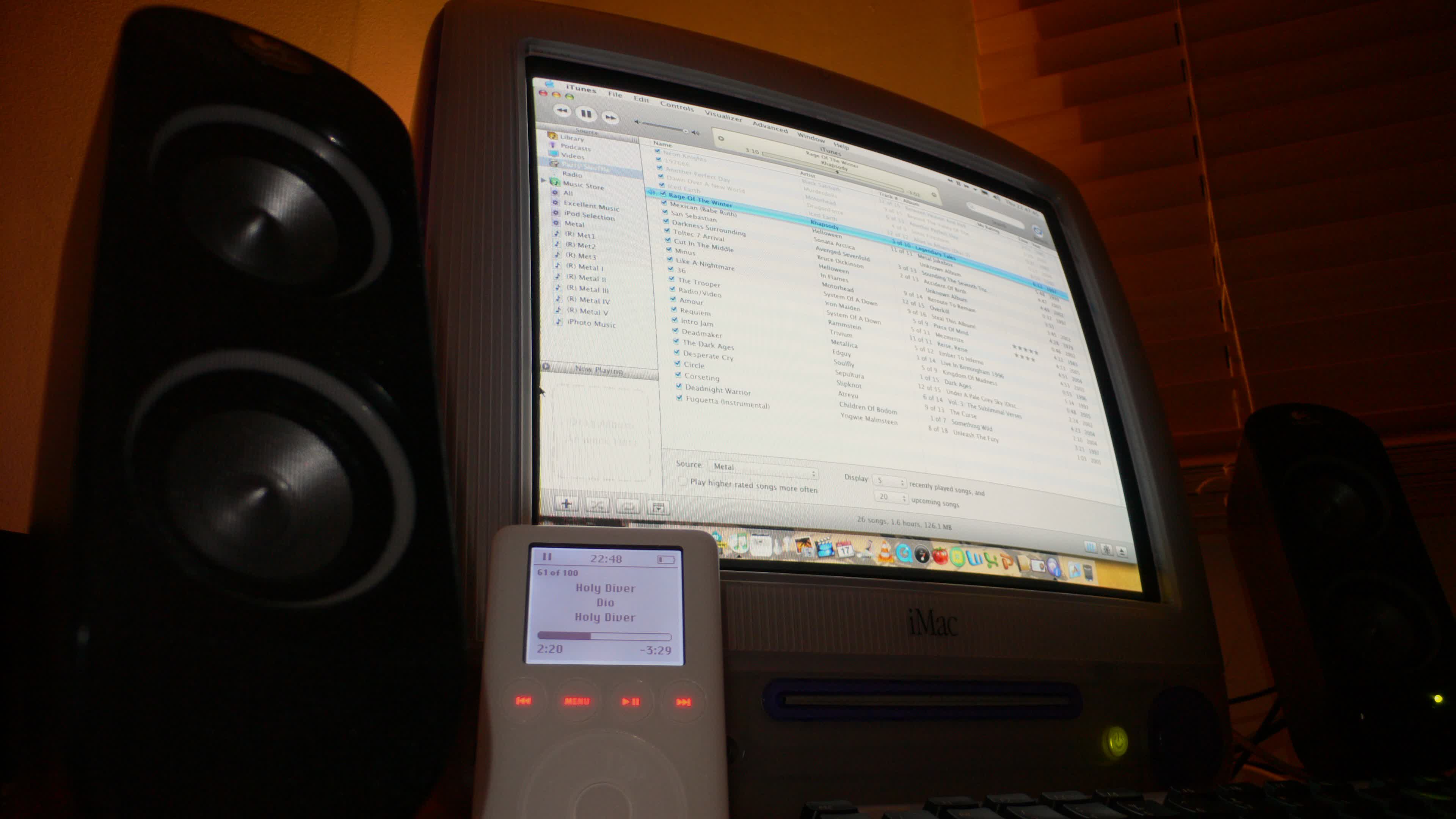
Image credit: wicker_man
Back then, the music industry was plagued by piracy thanks to peer-to-peer file sharing apps like Kazaa. Apple realized that most pirates weren’t trying to avoid paying for songs; they were trying to avoid paying for albums. A music CD would cost about $18, which included the production and shipping of physical albums, for about 14 songs, most of which would rarely be listened to.
Apple reached agreements with all major music labels to sell songs for $0.99 and albums for $9.99. Hundreds of indie labels quickly joined.
Apple released iTunes for Windows later that year, ending support for the Jukebox software. They also started selling audiobooks on the iTunes Store. The move was accompanied by a new advertising campaign featuring dancer silhouettes that made the white iPod stand out.
The exclusivity of iTunes to the iPod killed all competition outside of the low end. Sony, which dominated portable music in the 1980s and ’90s with its Walkman brand, was heavily criticized for its slow and restrictive software when transferring files between devices.
Apple launched the iPod Mini the following year using a 4GB 1-inch Microdrive, for $249 – half the price of the drive itself to consumers. The four mechanical buttons from the older iPod models were integrated into the scroll wheel. However, this model’s days were numbered from the beginning, as flash memory was becoming cheaper.

Image credit: Zengame
Apple released the 4th-gen iPod in July 2004, with the Mini’s click wheel and more attractive price points of $299 for 20GB of storage, and $399 for 40GB. It was the iPod’s most successful quarter at the time, with more than 2 million units sold.
More than Just Music
Apple introduced the premium iPod Photo for the 2004 holidays, priced at $499 for 40GB and $599 for 60GB. It sported a 176 x 220 color display, the same display found on popular phones like the Motorola Razr V3, but in an horizontal format rather than vertical.
Battery life was also improved to allow five hours of slideshows or 15 hours of music playback. During that quarter, the iPod (all versions) sold over 4.5 million units.
The iPod was the first Apple product to go truly mainstream, as the company had been known for its premium computers. This success created an industry of protective cases and various types of accessories that went beyond audio – some users created their own, too, as a fashion statement.
Contrary to popular belief, podcasting is named after the iPod and not the other way around.

A 19th-century iPod with singers under the grid. Image: Timothy Allen
Apple released its first device using flash memory with the iPod Shuffle in 2005. With a built-in clip, the device was wearable even on clothes without pockets. By not including a display, Apple could target even lower price points: $99 for 512MB, and $149 for 1GB of storage. The click wheel wasn’t a scroll wheel and incorporated the volume controls. Another button switched between playing the songs in order and in a random order.
Contrary to popular belief, podcasting is named after the iPod and not the other way around, as it was the most popular way to listen to the emerging format. Apple added podcasts to iTunes in 2005, making it easier to find and download Apple-approved podcasts. However, Apple couldn’t trademark the word “pod” to gain exclusive rights to the name.
Apple slashed the price of the 60GB iPod Photo to $399 and introduced a 20GB version for $299, discontinuing the original 4th-gen line. The iPod Mini was discontinued later that year for the flash-based iPod Nano with a color display, selling for $199 with 2GB of storage, and $249 with 4GB.
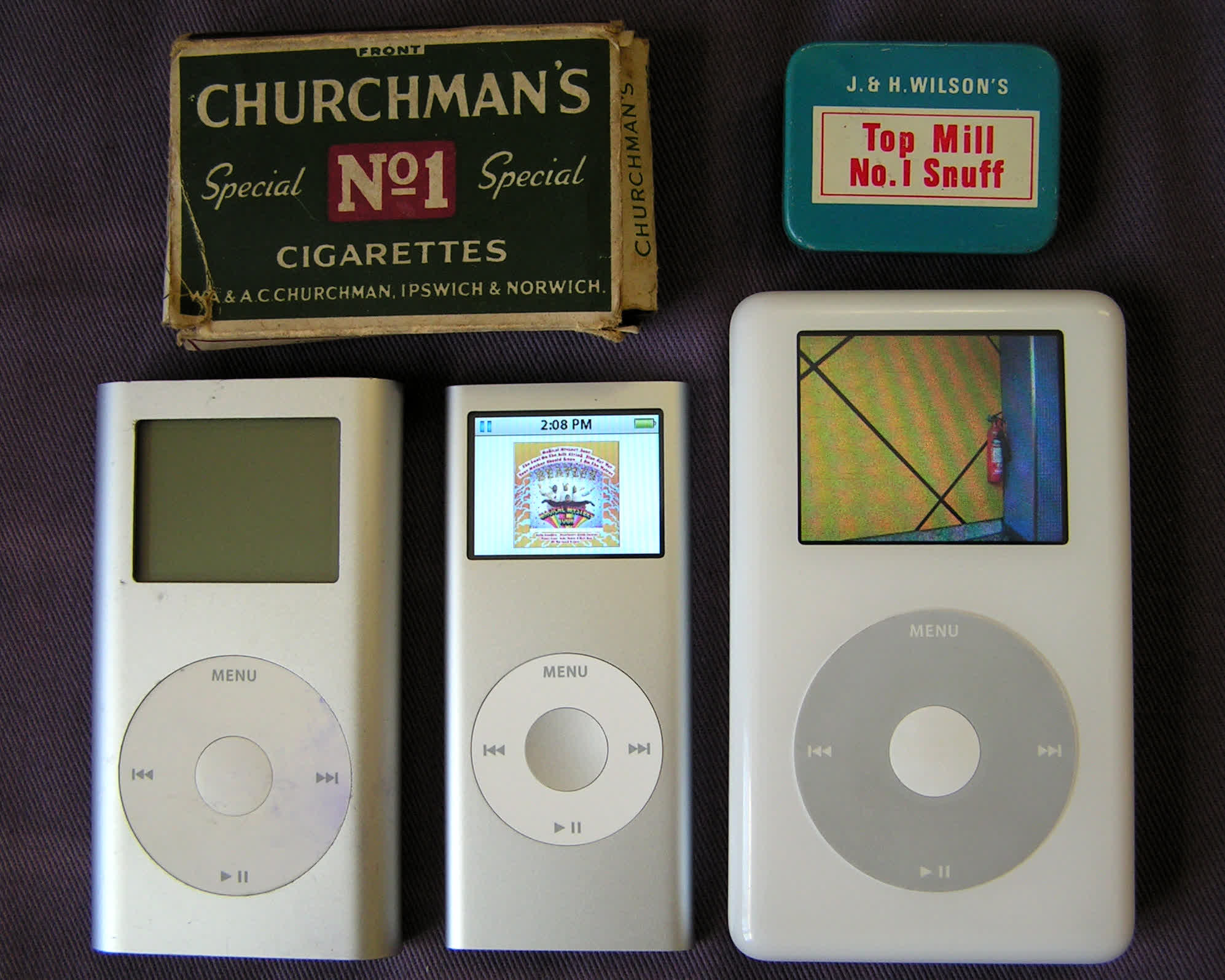
Image credit: John Keogh
The fifth-generation iPod featured a 240 x 320 display and with that, the ability to play video. The iTunes Store started selling episodes of TV shows. In the last quarter of 2005, over 14 million iPods were sold.
This iPod model, sometimes known as the “iPod with video” received a revision in 2006, unofficially called the iPod “5.5th-gen,” including an 80GB version rated for 20 hours of audio playback.
At the same time, the iTunes Store started selling games that utilized the click wheel. The last quarter of that year was the swan song of the classic iPods, with 21 million units sold.
Left Untouched
After selling over 100 million iPods, Apple released the first iPhone in 2007, providing an all-in-one solution for buying songs and playing them on the go.
Months later, the iPod Touch was released but despite its name, it had very little to do with the rest of the iPod line. The device was basically an iPhone without the cellular modem, speaker, and camera. However, many users who could not afford an iPhone or didn’t want to pay for a data plan, were happy to carry this “thinner iPhone” to use it as a portable web browser that worked great on Wi-Fi.
The iPod Classic, released the same day, featured an unprecedented 160GB version with battery life rated at 40 hours for audio playback. That was the last major revision of the classic iPod. The iPod Shuffle was last updated in 2010, and the Nano in 2012.
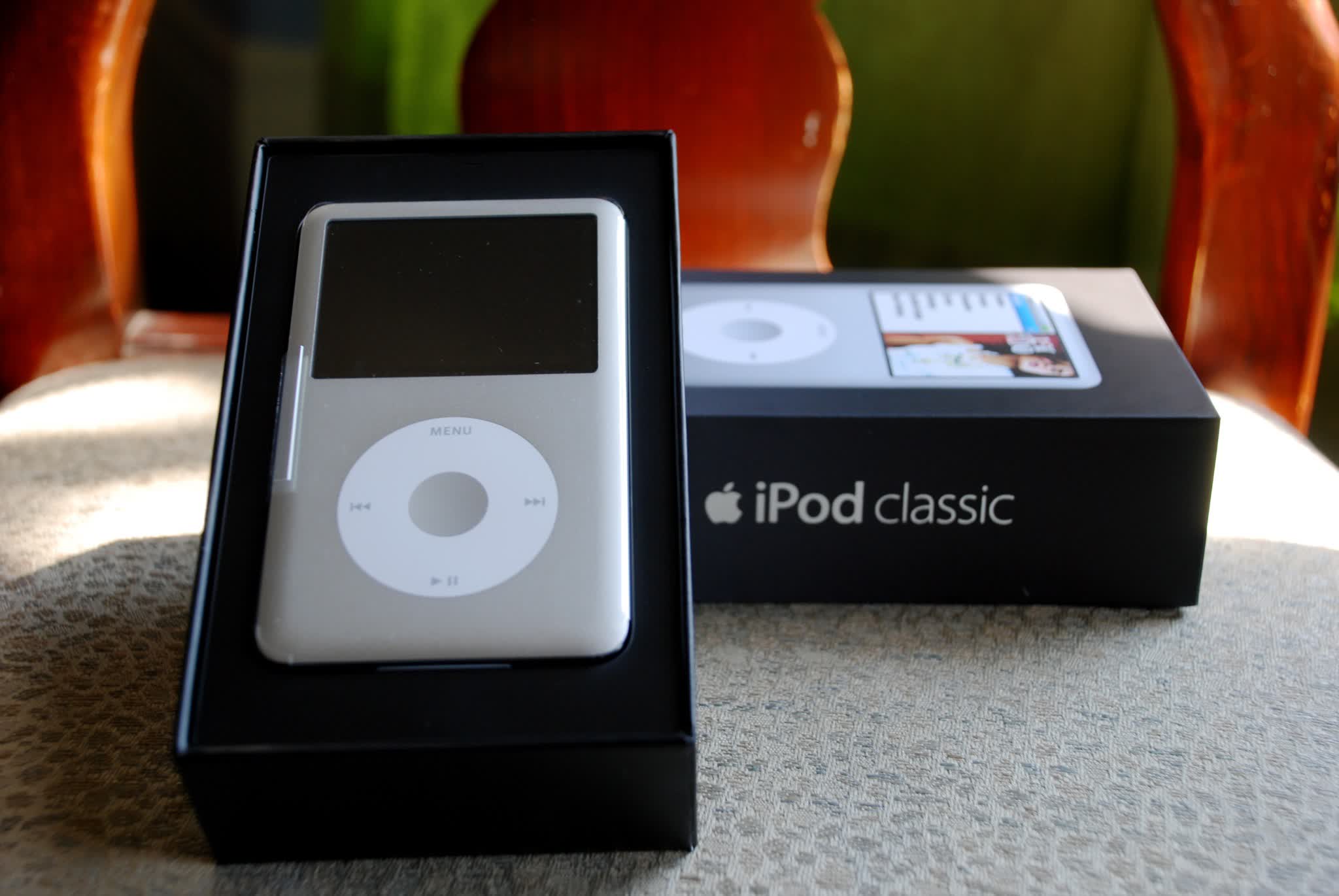
Image credit: Dongyi Liu
It was time to go as Apple discontinued the iPod Classic in 2014, saying the parts for it were no longer available due to low demand. The iPod Nano and Shuffle were discontinued three years later for a different reason: the rise of streaming.
People no longer wanted to pay for individual songs, preferring to pay for access to every song available on platforms like Spotify and Apple Music. The last iPod Touch model was released in 2019 and discontinued in 2022. Apple never released a modern successor to the iPod Classic.
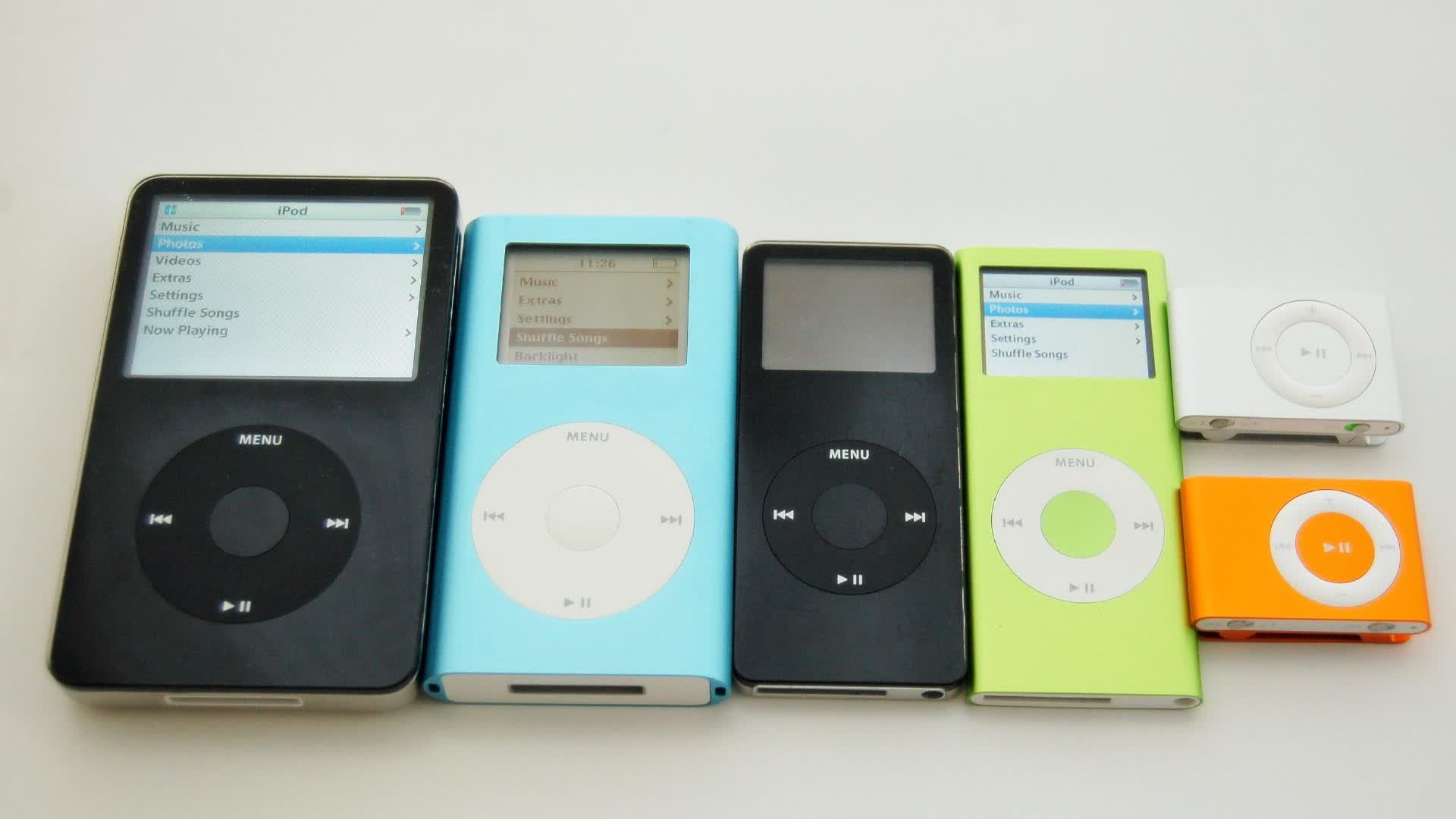
Image credit: Dongyi Liu
Today’s phones are bigger and heavier than they were when the iPod Classic was discontinued, and they are not as comfortable to exercise with. Standalone music playback has now become a niche use case, given that you can do all of that with the phone you already have, while more portable fitness devices and smartwatches have also gained music playback capabilities.
The iPod’s success marked the beginning of a transformative era in portable music and technology. It paved the way for Apple’s resurgence by combining sleek design, user-friendly interfaces, and innovative technology, setting the stage for products like the iPhone and iPad. The iPod’s legacy continues to influence how we experience media today.

